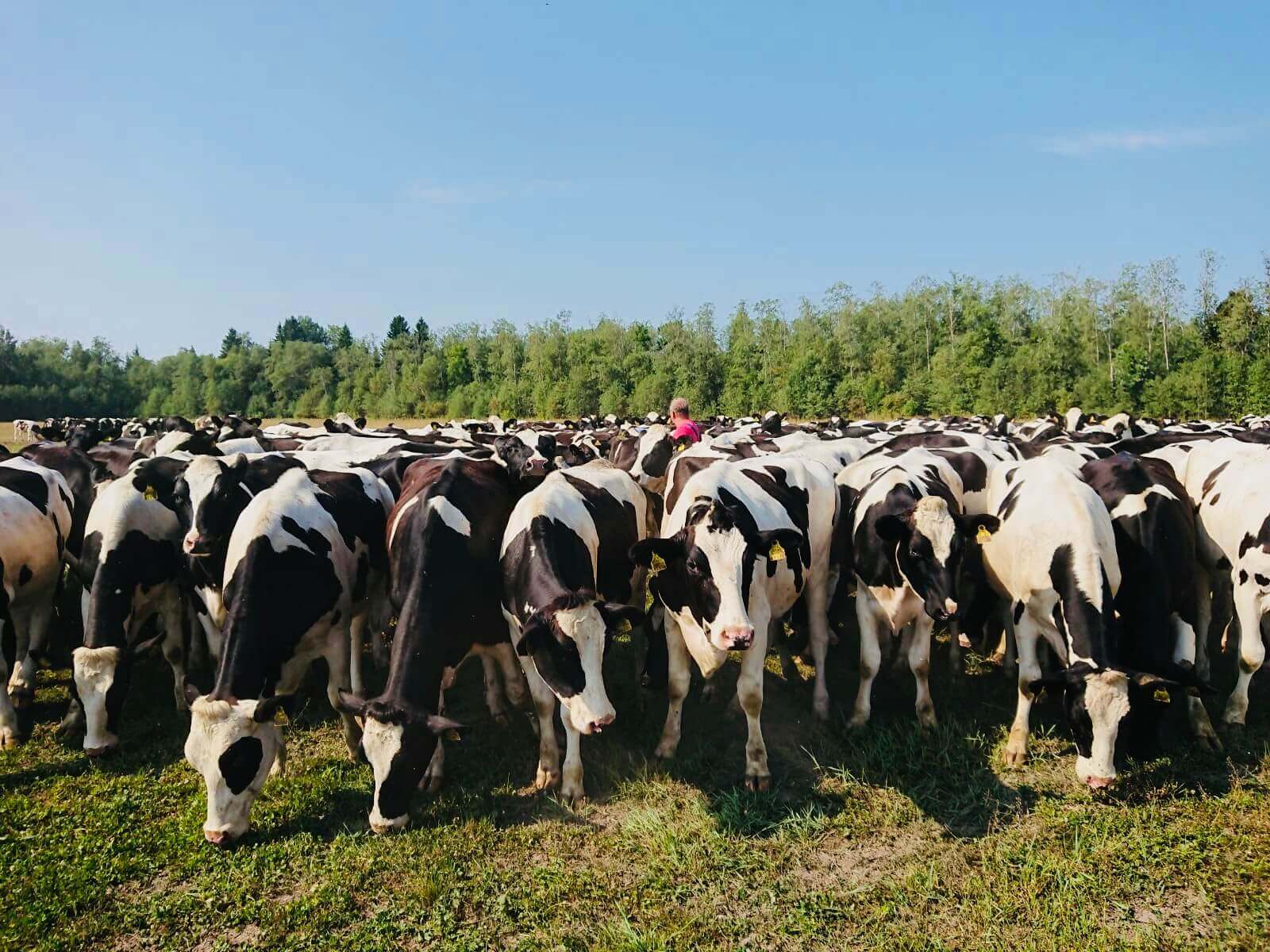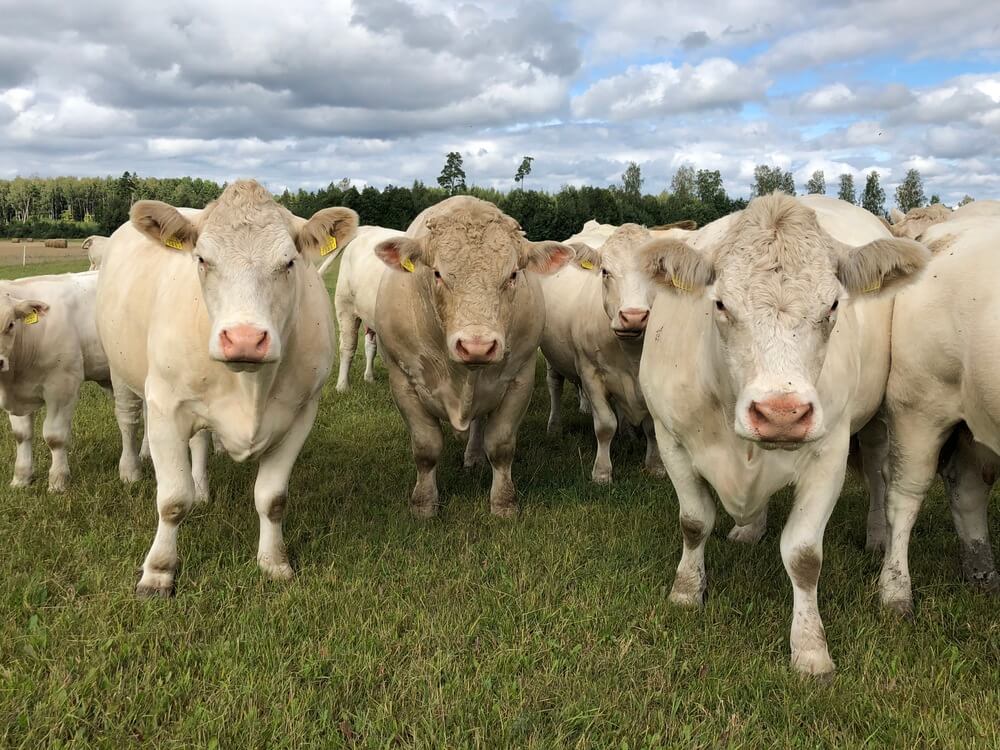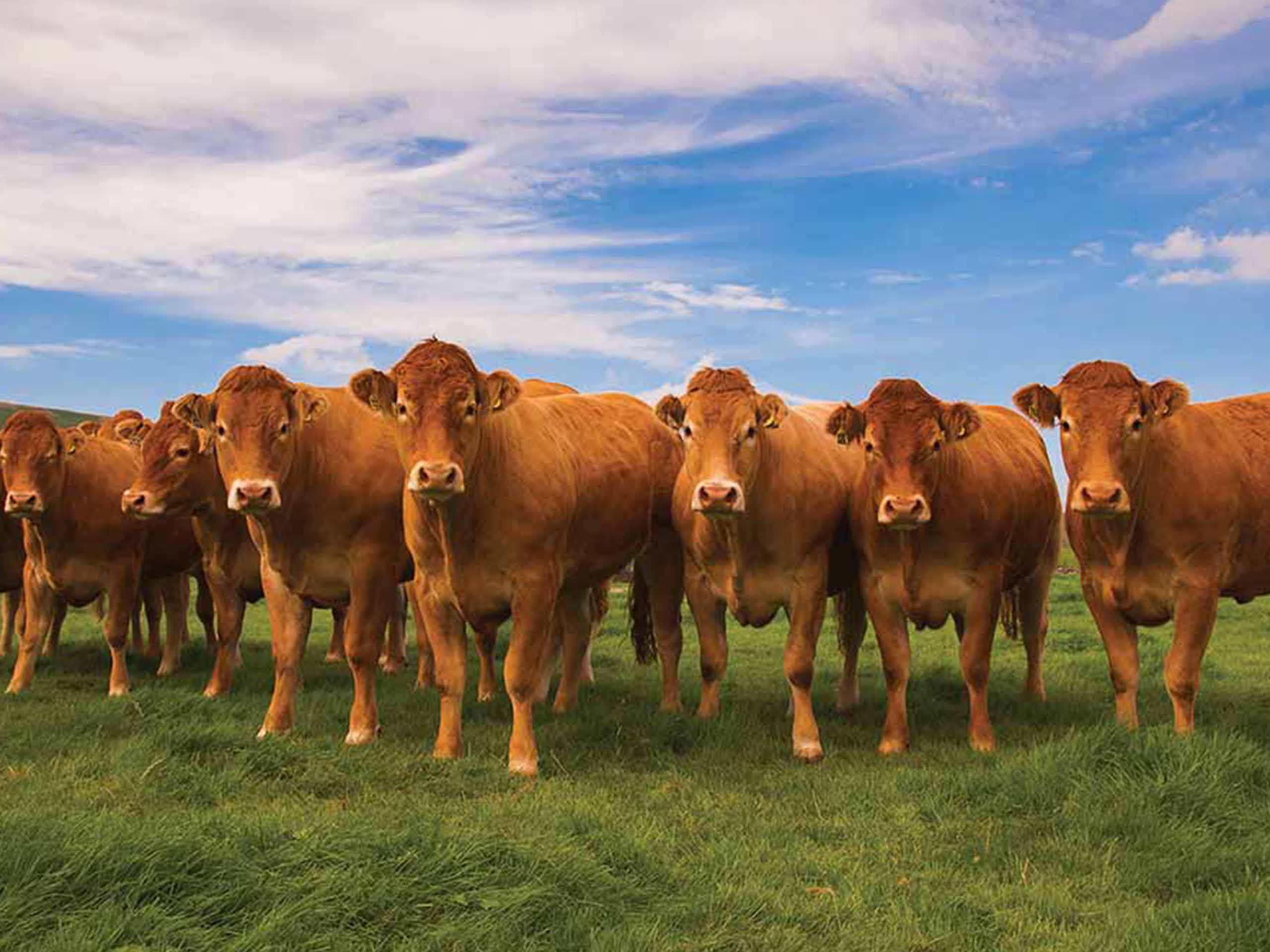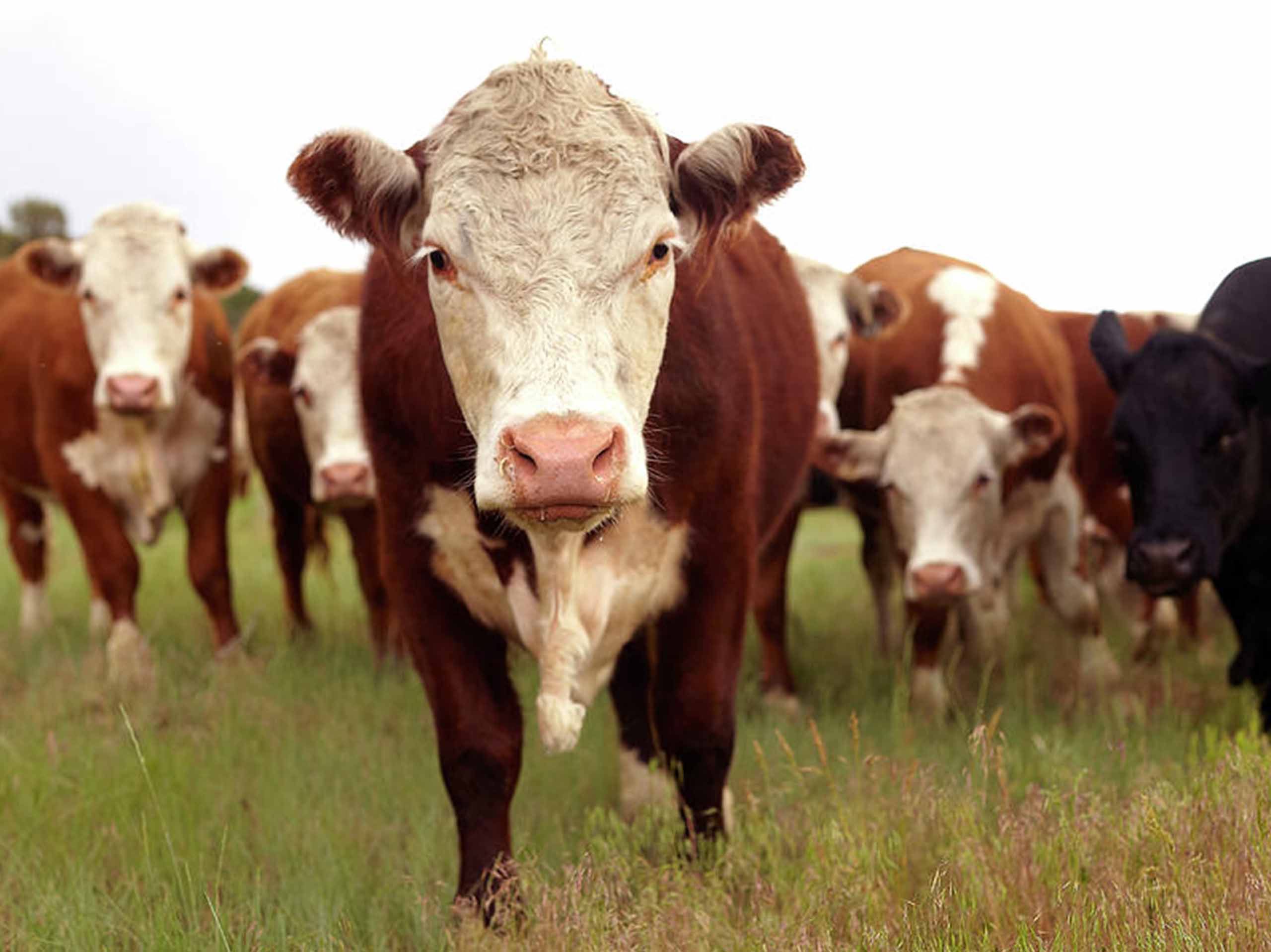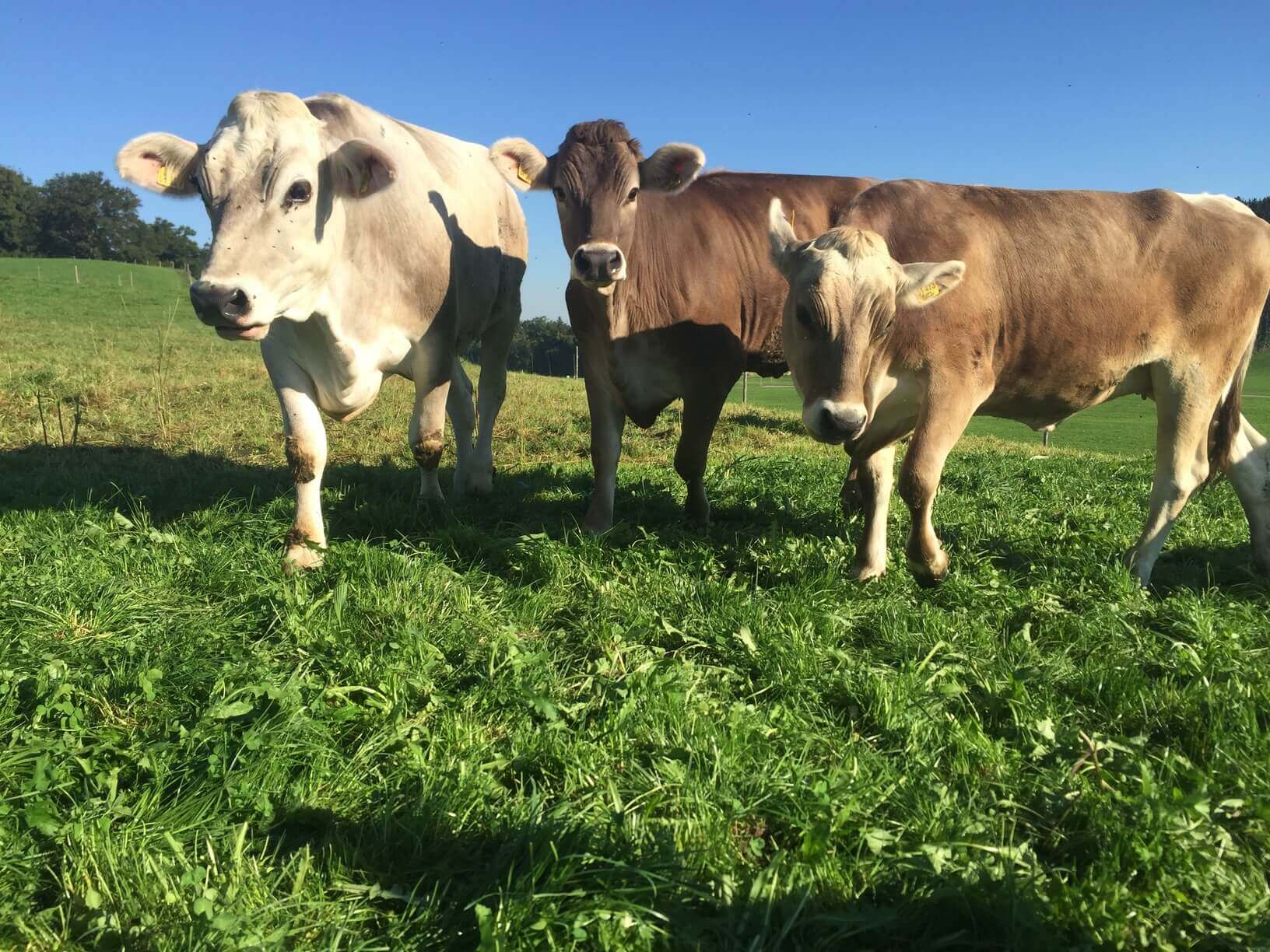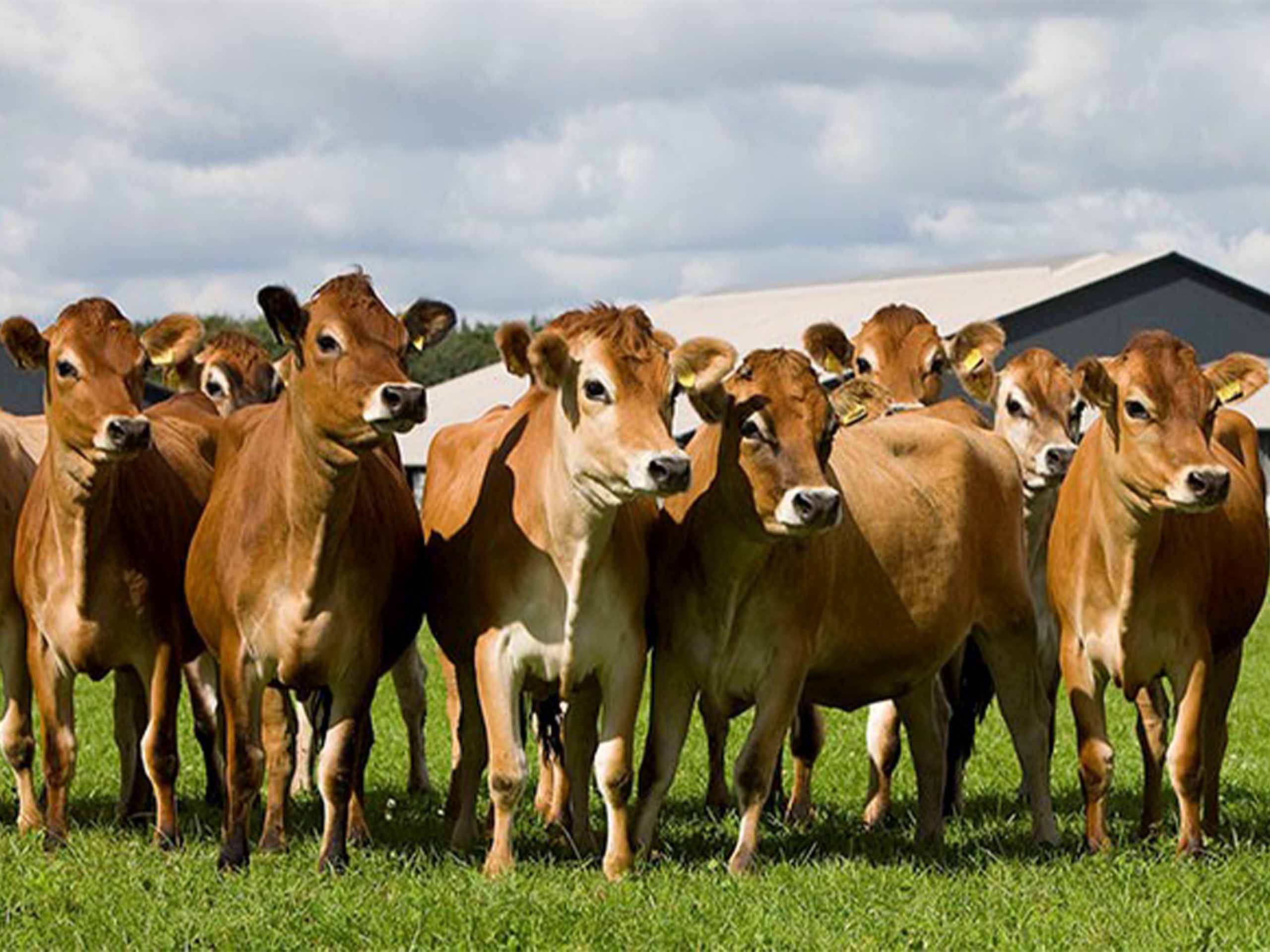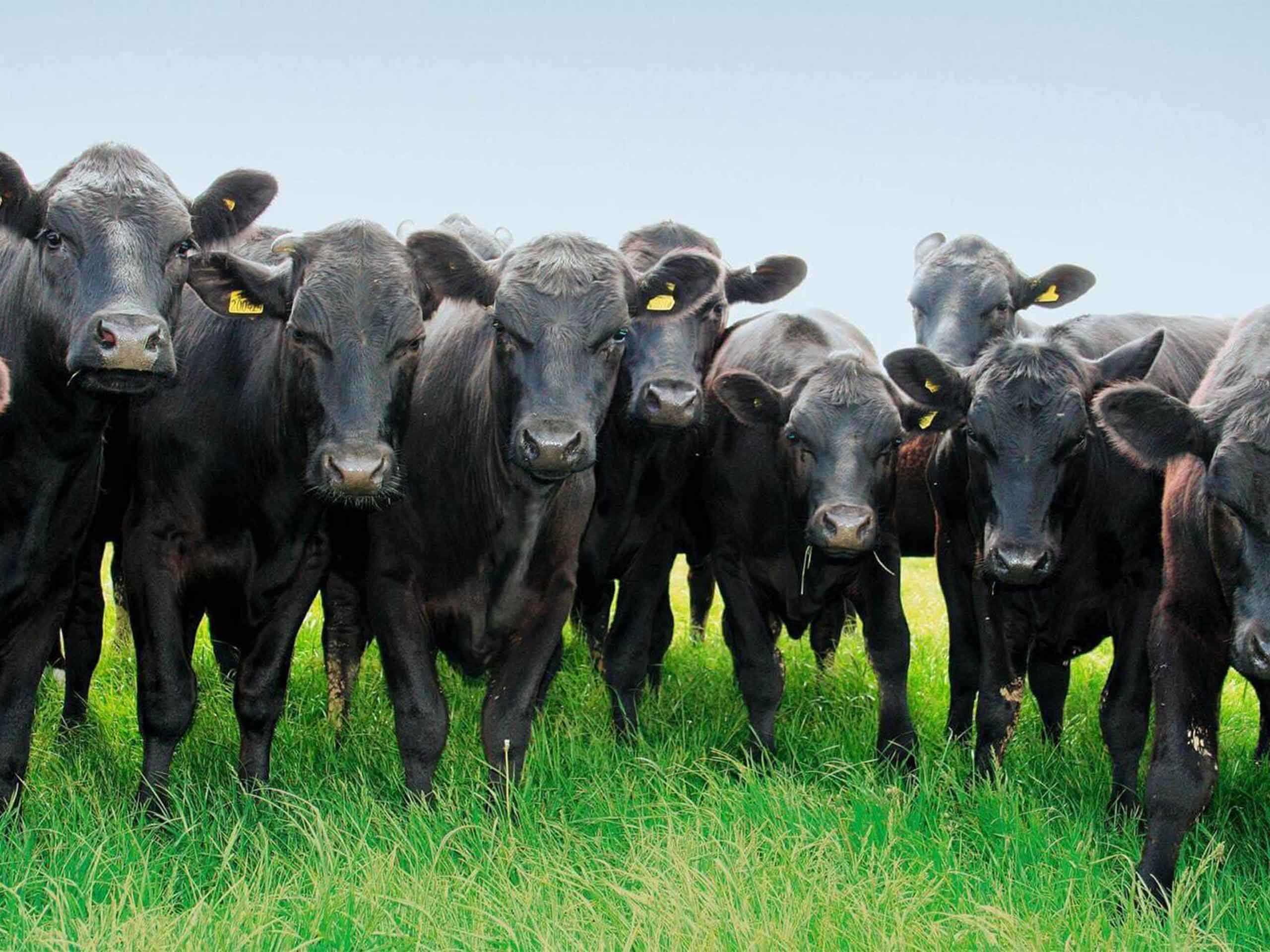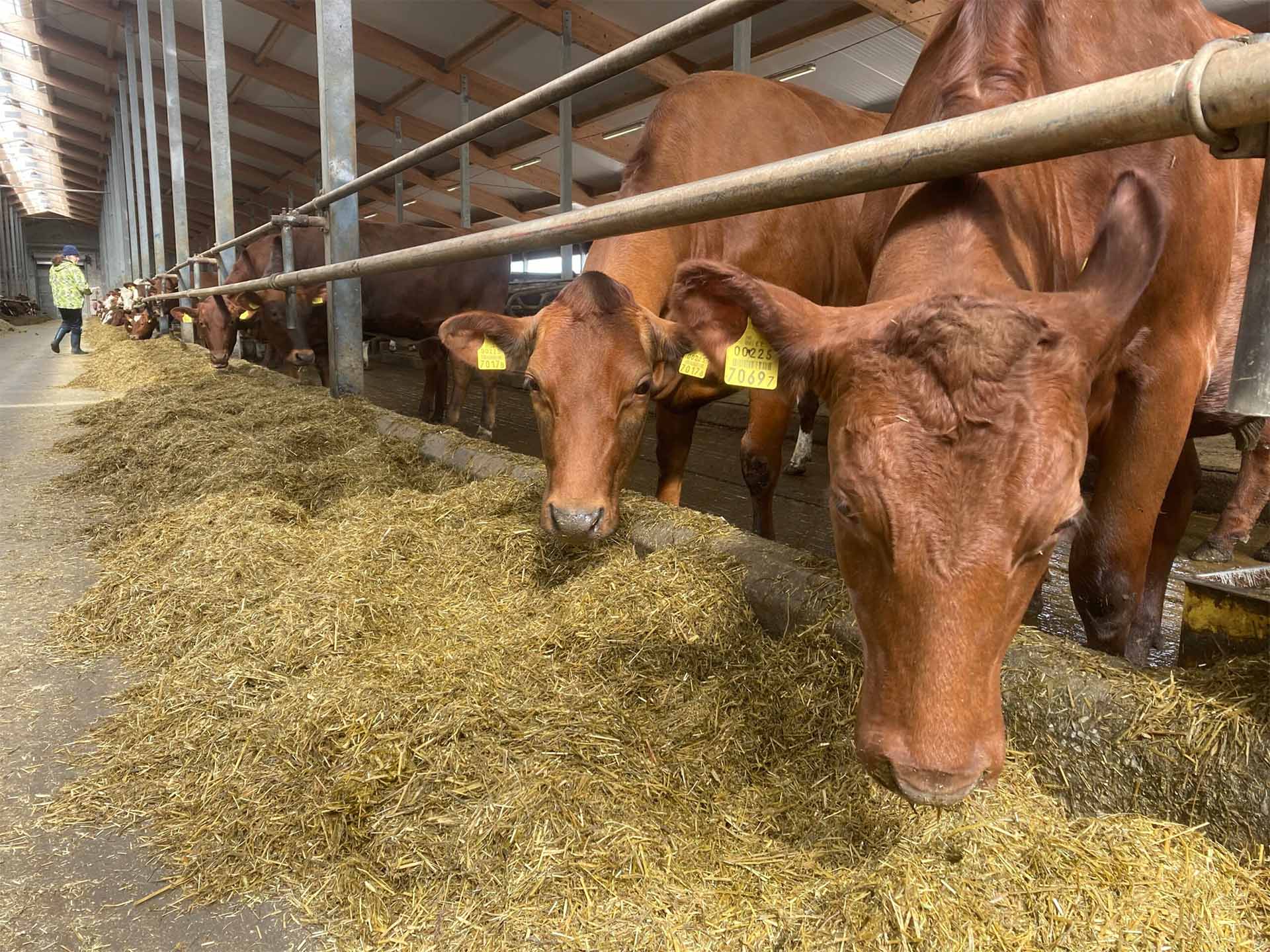ESTONIAN RED
Estonian Red cattle have evolved through continuous crossbreeding of the native Estonian cattle with Angler and Danish Red breeds. This crossbreeding began in the mid-1800s, aimed at creating a breed that produced milk with high fat content and increased yield. Over time, emphasis shifted to improving weight and body size. The first Estonian Red animals were registered in the herd book in 1885.
The breed began to spread throughout Estonia by the late 19th century, although many herds suffered losses during World War I and II. In 1916, the population stood at 269,000 cows, which declined to 225,000 by 1920. A strong advocate for the breed, Jaan Mägi, established the Estonian Angler Breeders’ Society in 1919 to support its development. In 1928, he renamed the breed to the Estonian Red, and it has been gaining popularity ever since.
In 1993, the European Red Dairy Breed Association was founded in Denmark to enhance red breeds for improved economic viability, provide opportunities for breeders, and facilitate communication among European Red cattle breeders, with the Estonian Red being one of five recognized breeds. Over the past decade, seven different breeds—including Angler, Danish Red, Swiss, Red Holstein, Norwegian Red, Ayrshire, and Swedish Red and White—have been used to improve the Estonian Red. The breed has now fully regained its competitive status and accounts for 63.3% of all cattle in Estonia.
Estonian Red cattle are medium-sized with a strong frame. Their coat color ranges from light to dark red, with bulls typically being darker. Key body measurements include a withers height of 127.5 cm, chest depth of 70 cm, chest width of 45.5 cm, oblique body length of 157.9 cm, heart girth of 195.6 cm, and cannon bone girth of 18.3 cm. Mature cows weigh between 450 and 550 kg, with a maximum of 780 kg, while mature bulls typically weigh 800 to 900 kg, with a maximum of around 1000 kg. Newborn calves weigh between 31 and 33 kg.
The average milk yield for 164,900 evaluated cows is 3,456 kg with a fat content of 3.92%. At 77 breeding farms, the Estonian Red cattle show an average milk yield of 3,784 kg per cow, with a fat content of 3.98% and protein content of 3.30%. In 12 high-producing herds, average milk yields during a 305-day lactation range from 4,127 to 5,029 kg, with fat content between 3.90% and 4.18%. Record holders in these herds include: cow 5338 (5th lactation, 9,610 kg milk, 4.14% fat), cow 4519 (7th lactation, 8,554 kg milk, 4.47% fat), and cow 2431 (2nd lactation, 7,806 kg milk, 4.65% fat).
The improvement of the Estonian Red breed is being pursued through both pure breeding and crossbreeding with Danish Red and Angler cattle. The new type with Angler blood is expected to achieve a milk yield of at least 7,000 kg with 4.0% fat, a milking rate of 1.9 kg per minute, a live weight of cows over 600 kg, and a withers height of at least 140 cm.

